Welcome to Essay Architecture. The essay below, “A Pattern Language” is a good introduction to this framework. All of the dimension pages (Idea, Form, Voice) are available to free subscribers, while the element and pattern pages are for paid subscribers. Each pattern page includes an overview, why it matters, an example, how to implement it, scoring criteria, and related patterns. The goal is for this to be a “living book” that gets populated with new examples each month.
Idea
IDEA: Have you explored a terrain of concepts to find a central idea that can organize complexity? An essay is consciousness frozen in words; it is an artifact that captures the thoughts, feelings, and events that transpire as you explore and makes sense of an Idea you care about. There are no rules or limits on what’s worth writing. An idea can be driven by a question or story, a dilemma or theory, a rumor, argument, confusion, war, childbirth, acci…
Material (1)
MATERIAL: Have you tapped into your personal and cultural memory to build an argument that supports your thesis? EXPERIENCE: Do biographical events from your life make your thesis relatable? ARGUMENT: Have you explored two sides of an argument to come to an unexpected conclusion? REFERENCES: Does a web of external sources make your thesis contextual?
Thesis (2)
THESIS: Have you organized complexity through a central idea that is concrete, contextual, and catalytic? MICROCOSM: Is your essay centered around a representative example that makes your thesis concrete? RESPONSE: Is your thesis framed as part of an existing conversation so it has societal context? CATALYST: Does your thesis inspire change in action or outlook?
Title (3)
Have you crafted an alluring, phonetic phrase that represents your main idea? GLIMPSE: Does your title give an immediate impression that compels your reader to start? ESSENCE: Have you distilled your thesis into a memorable phrase? MELODY: Is your title fun to say out loud?
Form
In the science-fiction movie Arrival, there is a species of octopus-like aliens who read non-linearly; they communicate through intricate rings of ink, and are able to process the beginning and resolution simultaneously. Unfortunately, our readers are not atemporal aliens. Humans read linearly. We are trapped in time. Since all essays have a start and e…
Paragraphs (4)
Do most paragraphs open with tension, move with flow, and close with reward? FRAME: Does each paragraph start in a way that orients and intrigues? FLOW: Are sentences shaped and linked to be easily understood? FINALE: Do paragraphs end on a reward?
Structure (5)
Have you selected, arranged, and detailed your material to minimize confusion? SEQUENCE: Is your material arranged so that meaning compounds gradually? COHESION: Does each paragraph support the thesis to keep it focused? MODULARITY: Are paragraphs and sections sculpted in a way so that your logic is intuitive to readers?
Tension (6)
Are you creating stakes and anticipation so the reader cares what happens next? CONFLICT: Have you set up a core tension that gets the reader to care? THREADS: Do you shift between multiple conflicts so the reader is immersed in evolving tensions? HOOK: Does your opening create uncertainty and foreshadow the core themes?
Voice
A writer’s Voice is a literary texture that permeates every sentence. It is both an expression of personality and a love of language, making it the dimension that most shapes the reader’s experience.
Spirit (7)
Are you modulating tone, shifting angles, and concealing meaning so the reader infers what you mean without saying it? TONE: Do you shift between rhetorical modes to create a dynamic attitude? PERSPECTIVE: Are you shifting between angles of delivery to create a layered presence? SUBTEXT: Do your sentences imply more than they say?
Sound (8)
Are you using musical prose to enhance the beauty and coherence of your ideas? REPETITION: Are you deliberately looping words or phrases to expand ideas and create associations? RHYTHM: Do you shift between compression and expansion to control pacing and emphasis? RHYME: Do you use lyrical devices to activate the ear and elevate specific phrases?
Sight (9)
Are you selecting specific words and concrete images to make your writing tangible and symbolic? IMAGERY: Do you use vivid and figurative prose to show what you mean? WORDS: Are you creating a concise fabric of words so that precise, inventive ones stand out? MOTIF: Is there a recurring symbol that reloads meaning through the essay?


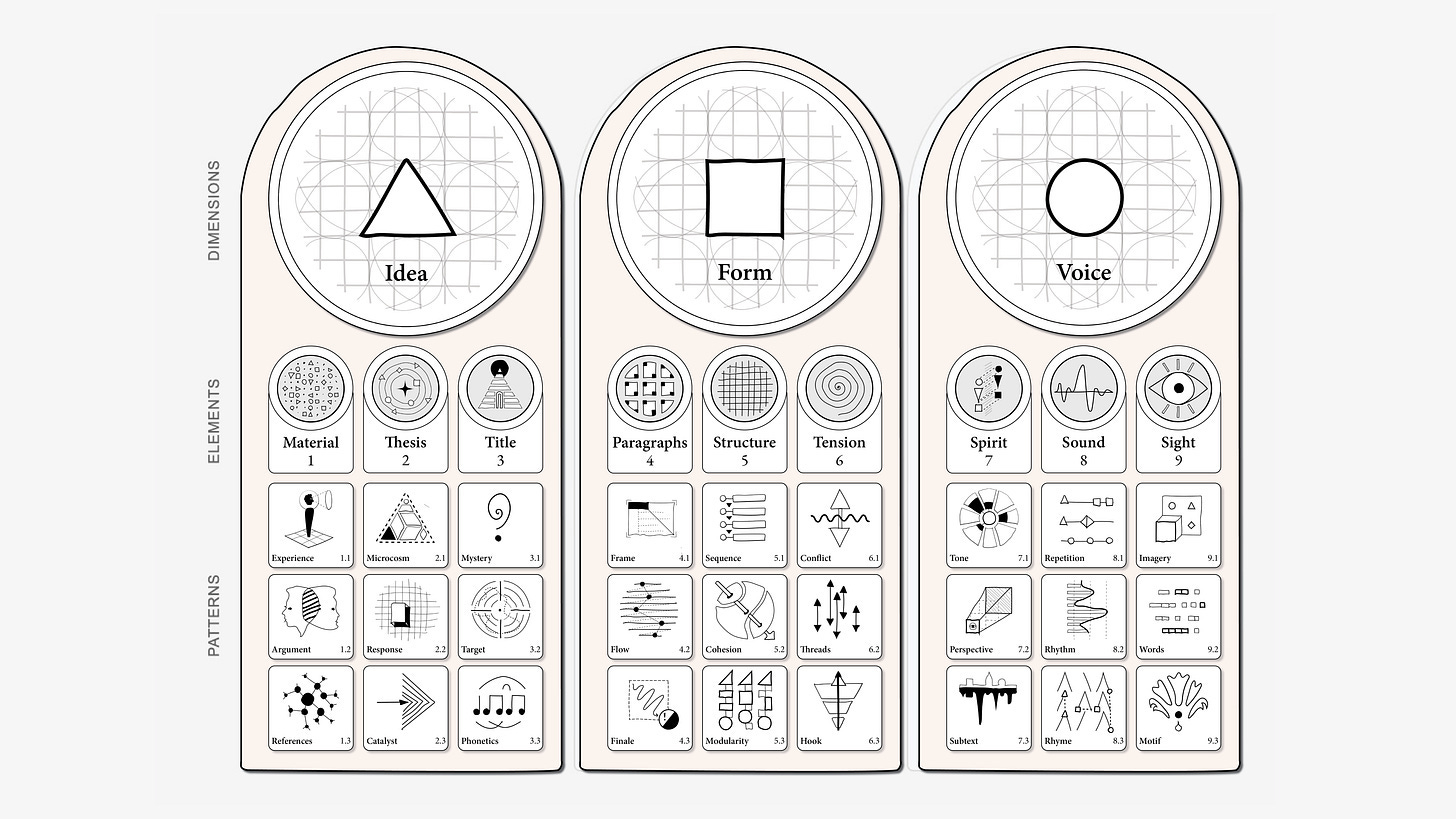


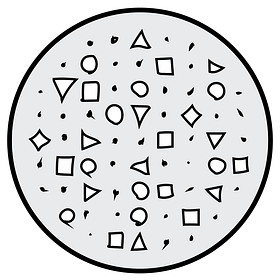



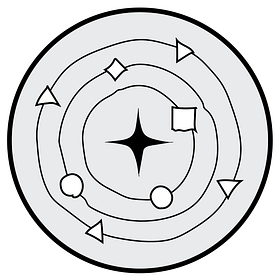



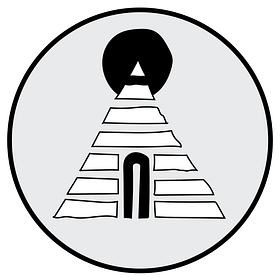




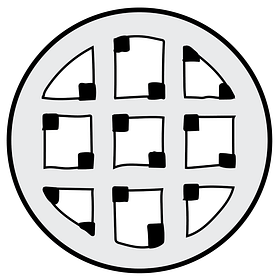







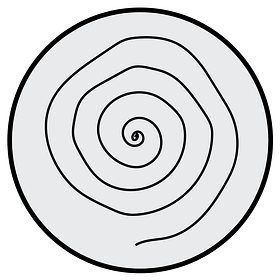




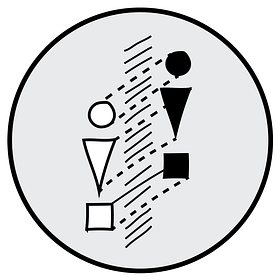



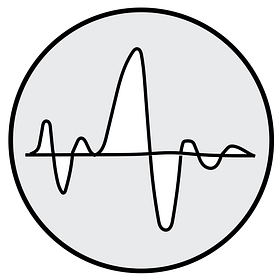
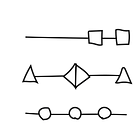


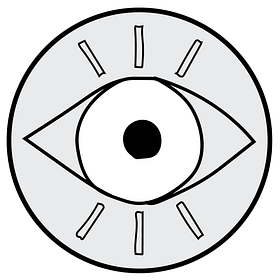



this is... incredible. thank you for organizing and sharing your knowledge with the world! it is so cool to see what you've created over the course of the year.
This is an incredible architecture of the essay. A reminder of how beautiful writing critically is, when it's so easy to delegate the job to the machine.